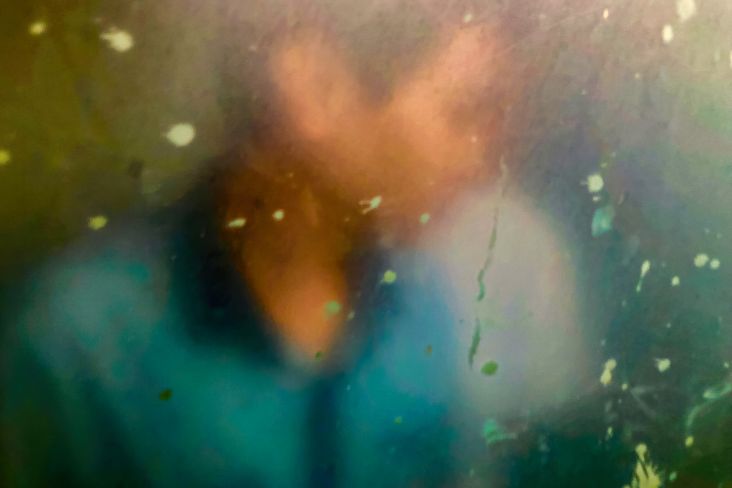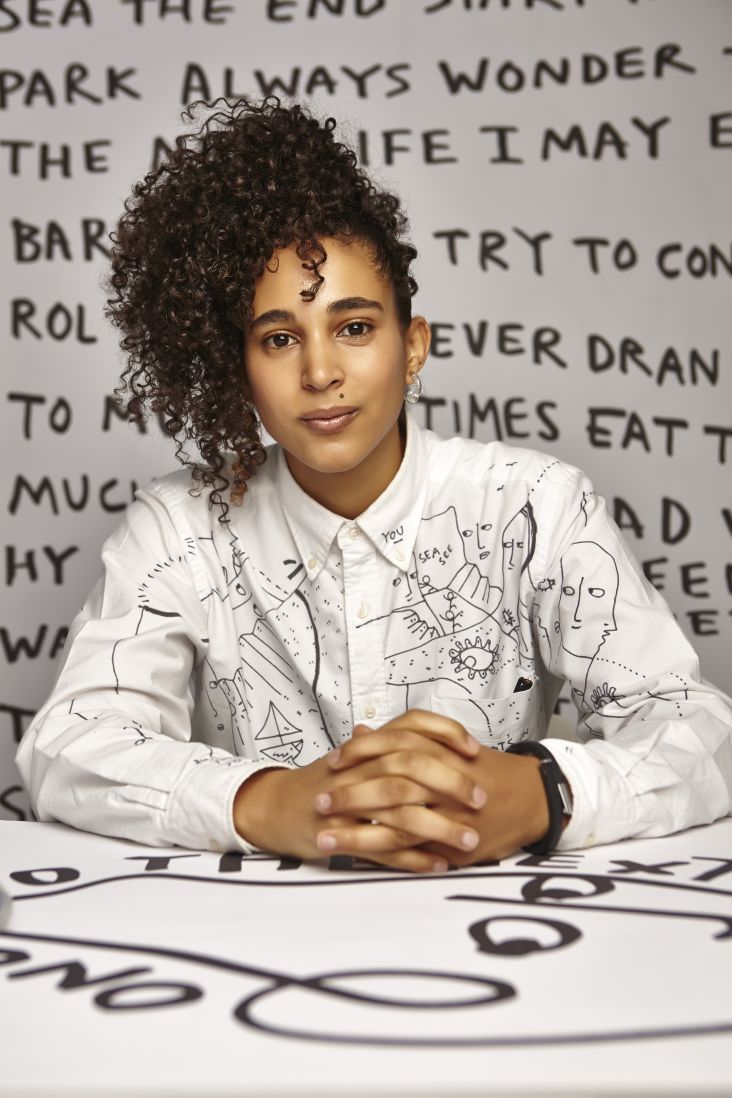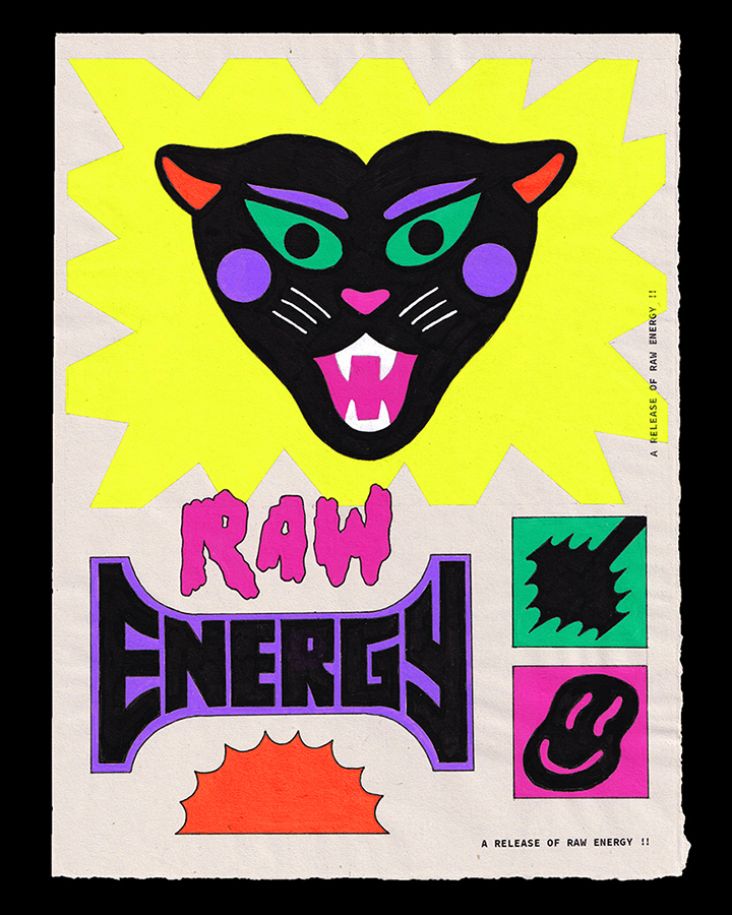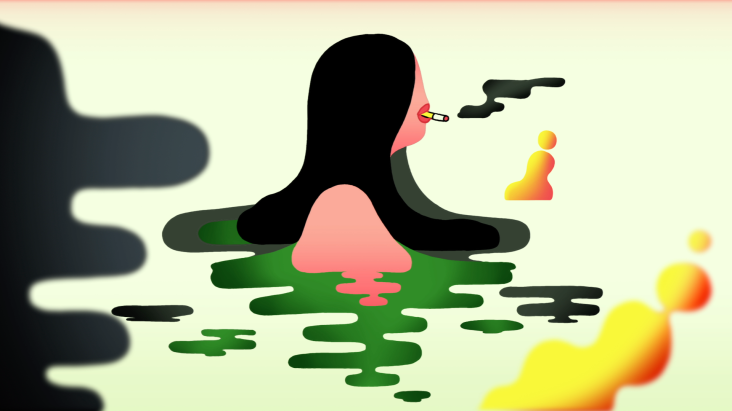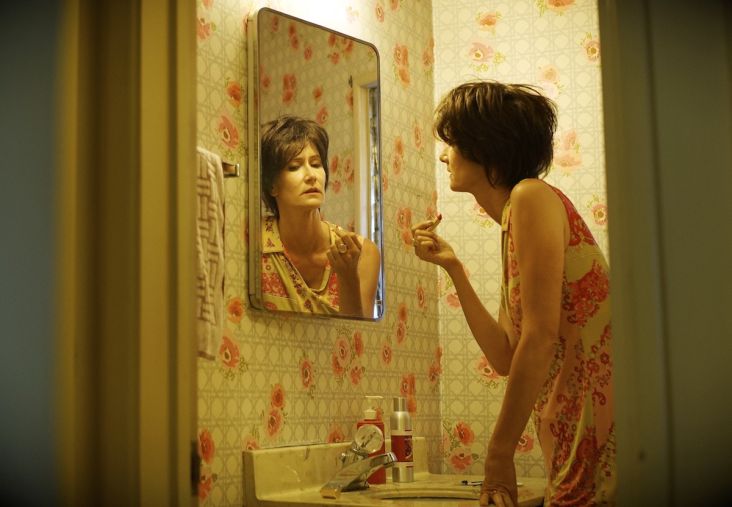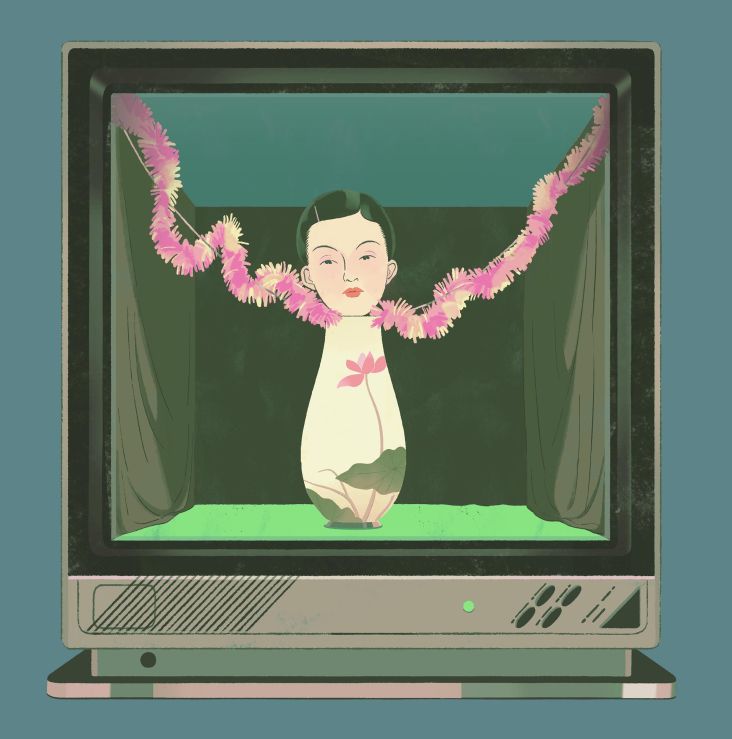A stunning look at the beauty and breadth of New Queer Photography
New Queer Photography is a new publication from Berlin-based editor and art director Benjamin Wolbergs and the photographer Jan Klos.
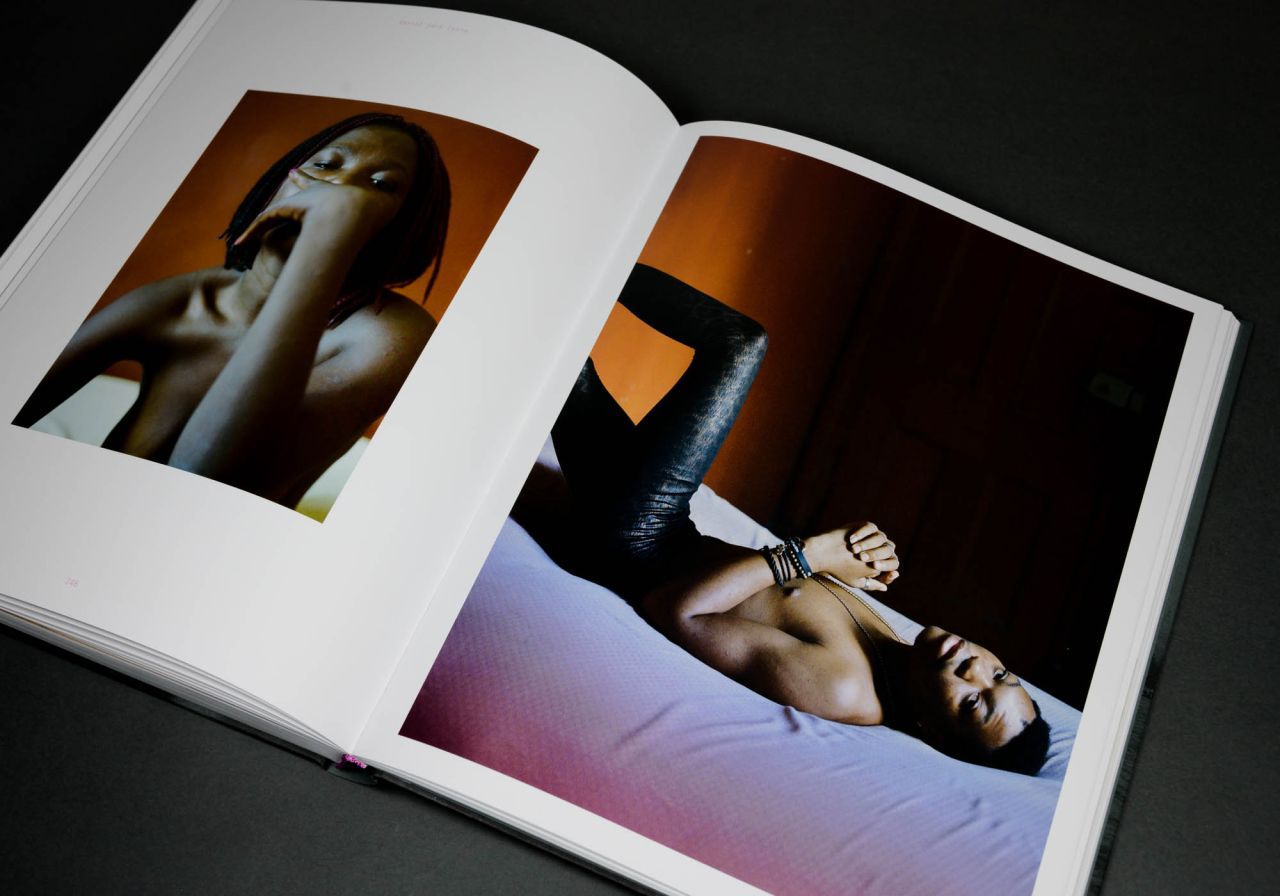
New Queer Photography spread
The stunning book has been four years in the making for Wolbergs, and every minute of his dedication shows, through not only the breathtaking quality of the work but the breadth of artists shown in its pages.
Established names sit alongside newer talents that have had all too little attention until now (though we'd wager, that will soon change. There's not just breadth of artists, but of styles, subject matters, moods and more: as Wolbergs puts it, the publication "presents drag and gender, queerness and transsexuality in all their facets and combines artistic and documentary photography between eroticism, culture, lifestyle and criticism."
The book has emerged largely thanks to the active, young queer photography scene whose artists make a book like New Queer Photography possible. The book's author puts this scene's emergence as in no small part down to social media. "Indulging their desire for self-presentation, affirmation, and reflection, many photographers portray male homosexuality in particular as a private idyll," says Wolbergs. "At the same time, they shine a critical light on their own and society’s approach to transsexuality and gender roles and expose the corrupting but also affirmative power of pornography."
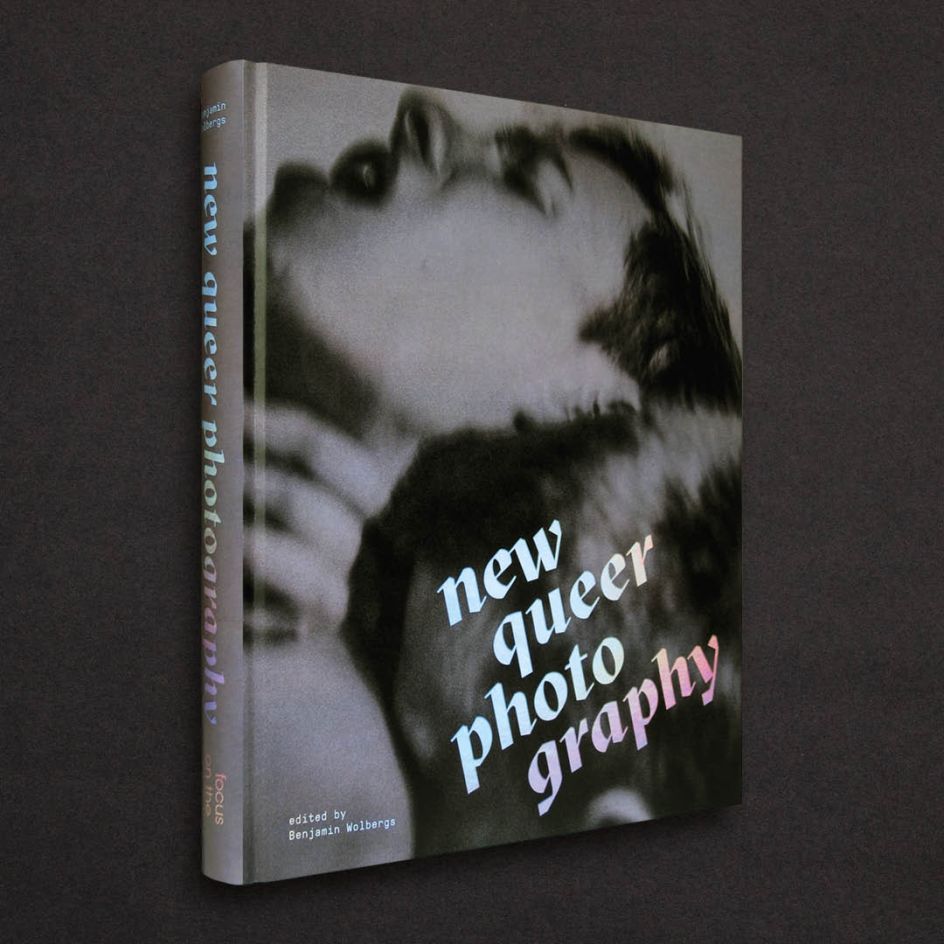
New Queer Photography cover
While the book is largely a celebration of queerness, its artists and its documentation; it also evidences through the work of a number of documentary photographers that being gay or lesbian can still lead to marginalisation, isolation, stigmatisation, and violence in certain countries and communities. Wolberg suggests that these works demonstrate that "many bans on same-sex contact have colonial origins."
He adds, "Art, more than anything, opens up the possibility of approaching one’s own sexuality beyond the limits imposed by taboos. Not only does it allow for a risk-free, playful exploration of gender and forbidden desires, but it is unique in capturing its contradictions."
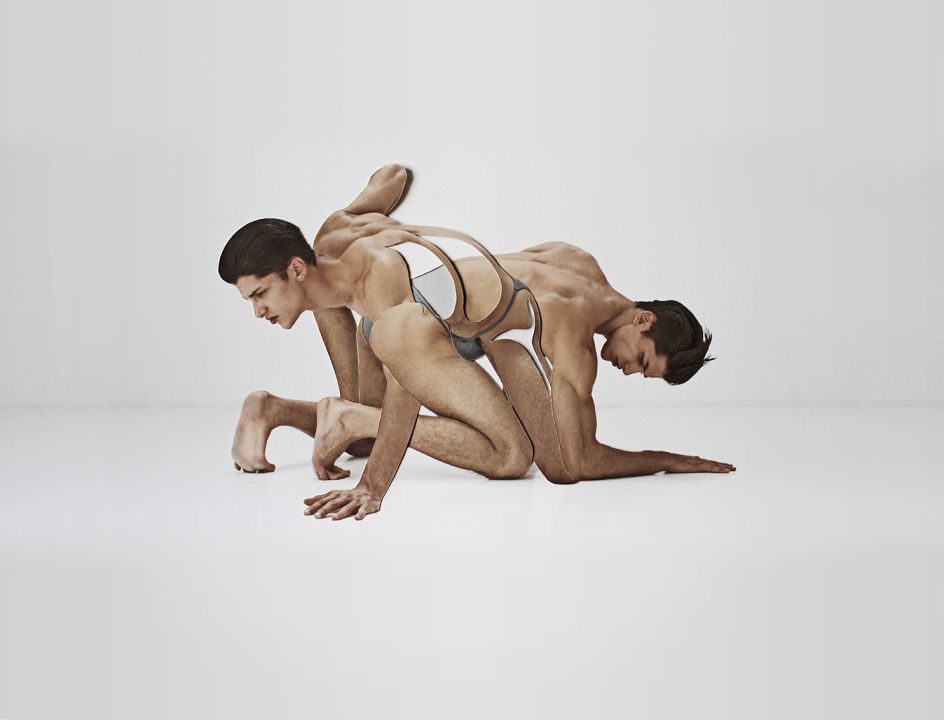
Photo by Damien Blottière
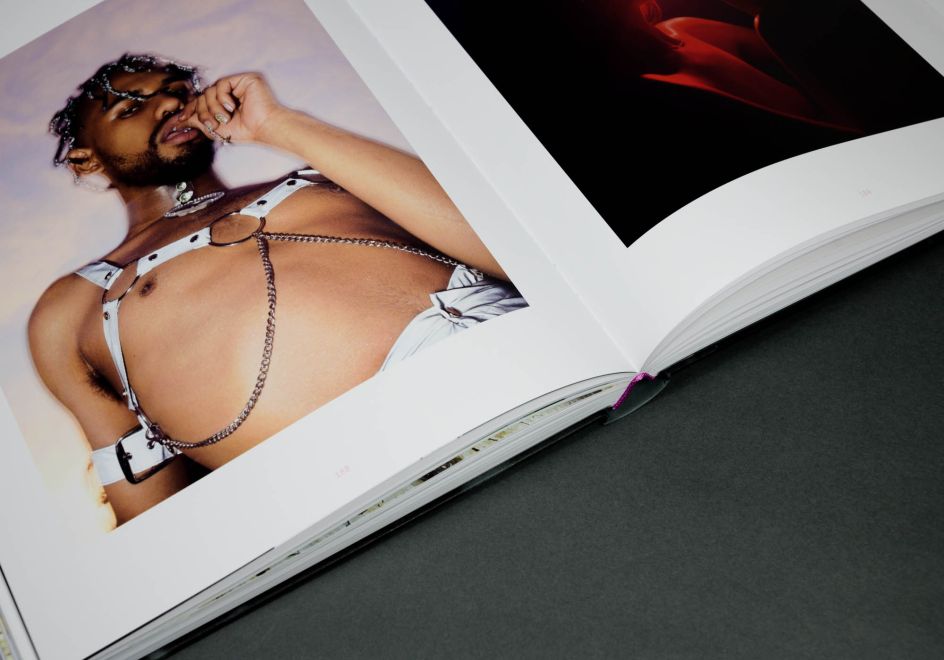
New Queer Photography spread
The book initially came about when Wolberg came across the work of Florian Hetz, which "opened my eyes to a world full of talent of which I had so far been completely unaware," he says. However, the project wasn't without its challenges: funding is never easy and finding a publisher seemed impossible. "Everywhere I got the same reply: the project was interesting, important, and well-organised, but it did not fit in with their program, was too 'explicit,' or simply did not enjoy 'broad popular appeal.", says Wolberg.
Finally, Verlad Kettler came through: "From the outset, our collaboration was marked by complete faith in my concept, design, and curatorial work. No conditions were imposed by the publisher on the selection of photographers and photos, the design, or the choice of materials."
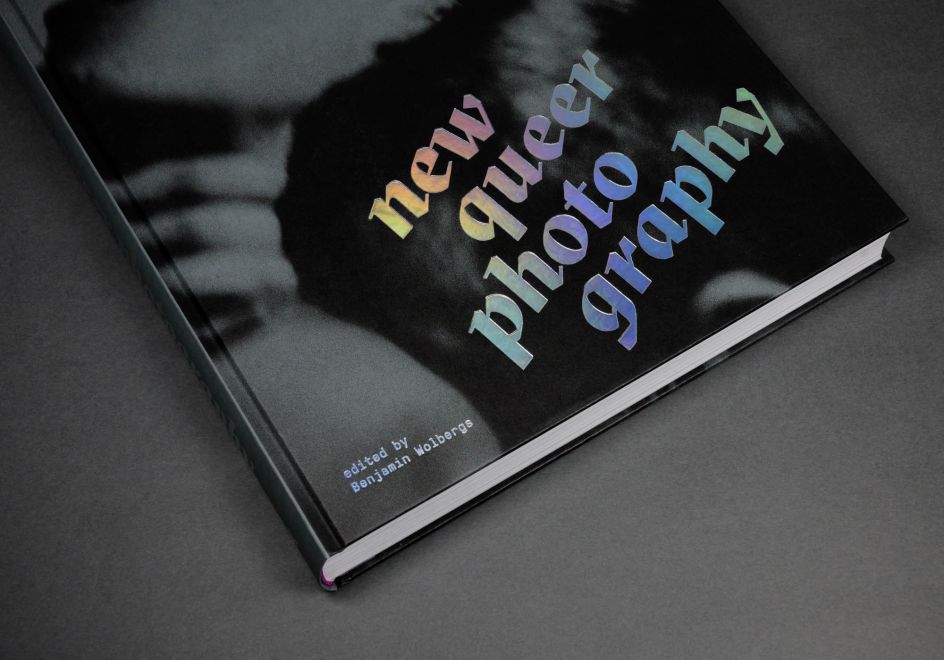
New Queer Photography cover
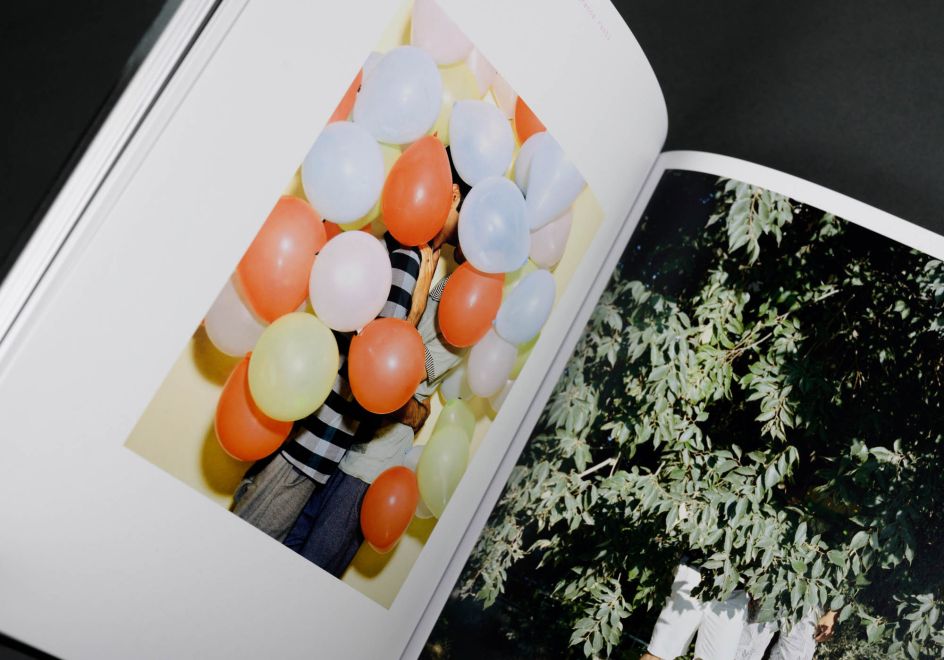
New Queer Photography spread
Aside from the practical considerations, Wolberg was plagued by doubts as to whether those he wanted to feature would want to appear in the book (naturally, not everyone said yes—but 52 photographers (and six authors) did. He frequently worried, "Is the selection sufficiently diverse? Or are essential positions missing? Is it a balanced choice?
"On most questions, I was able to come to a satisfactory conclusion for myself over time while I kept reviewing and revising my approach. Yet some slight doubts lingered... Ultimately, it is always risky to produce an anthology of this kind, and not everybody will agree with the selection of photographers and images.
"It is simply impossible to introduce every talented photographer, every artistic position, every theme, and every aesthetic style in a book like this one. Choices have to be made based on individual perceptions, criteria, and taste. I have always tried my best to present as many different photographers, important themes, and queer imaginary worlds as possible, trusting my intuitions more than overly dogmatic approaches."
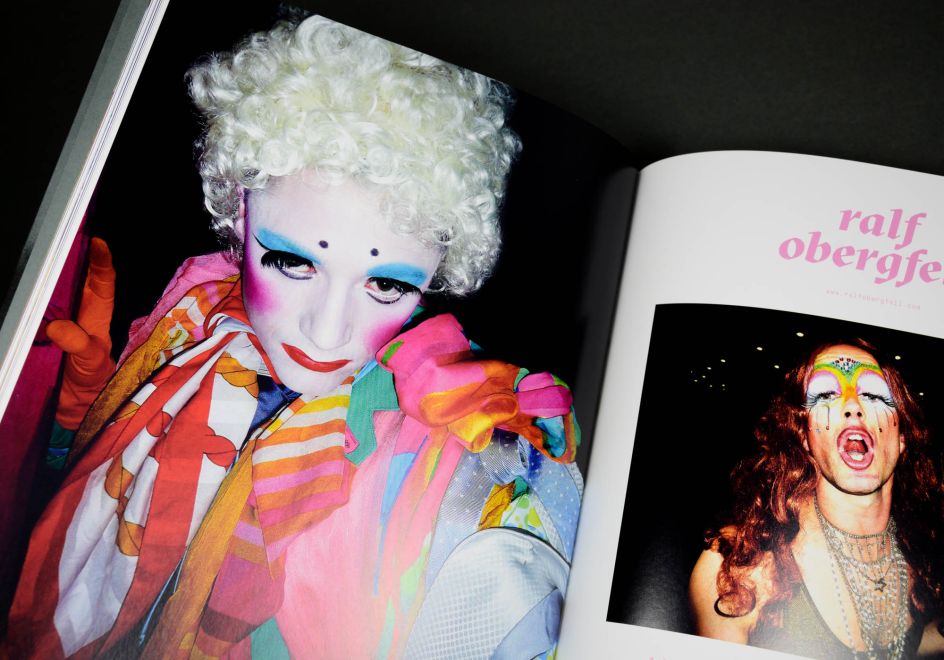
New Queer Photography spread
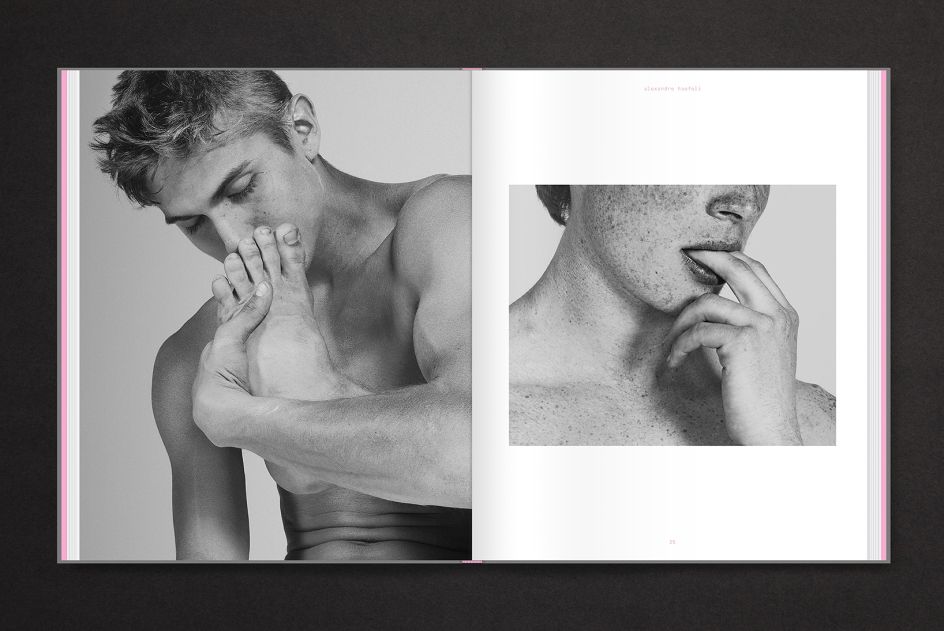
New Queer Photography spread by Alexandre Haefeli
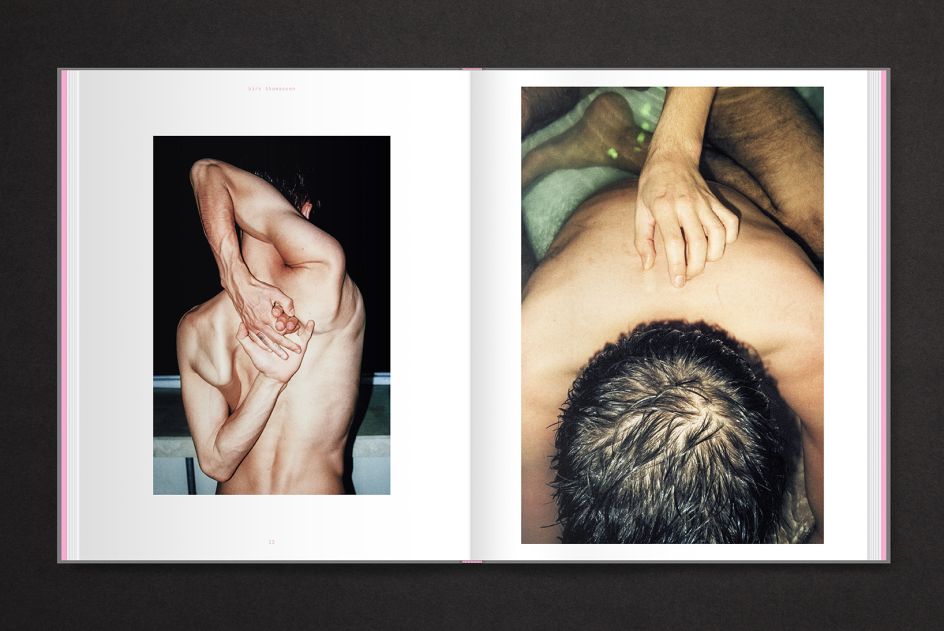
er Photography spread by Birk Thomassen

Photo by Kostis Fokas
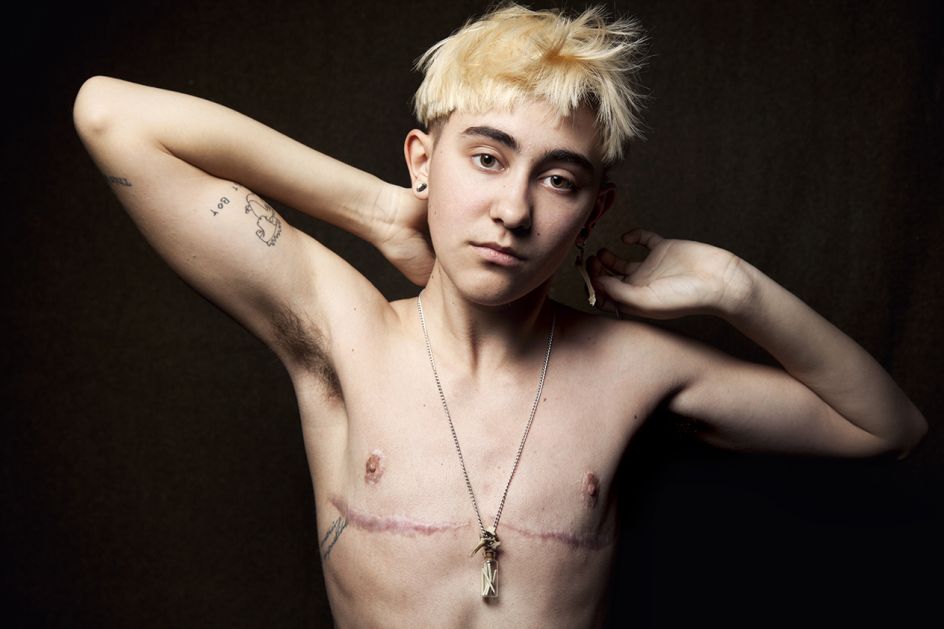
Photo by Michael Sharkey
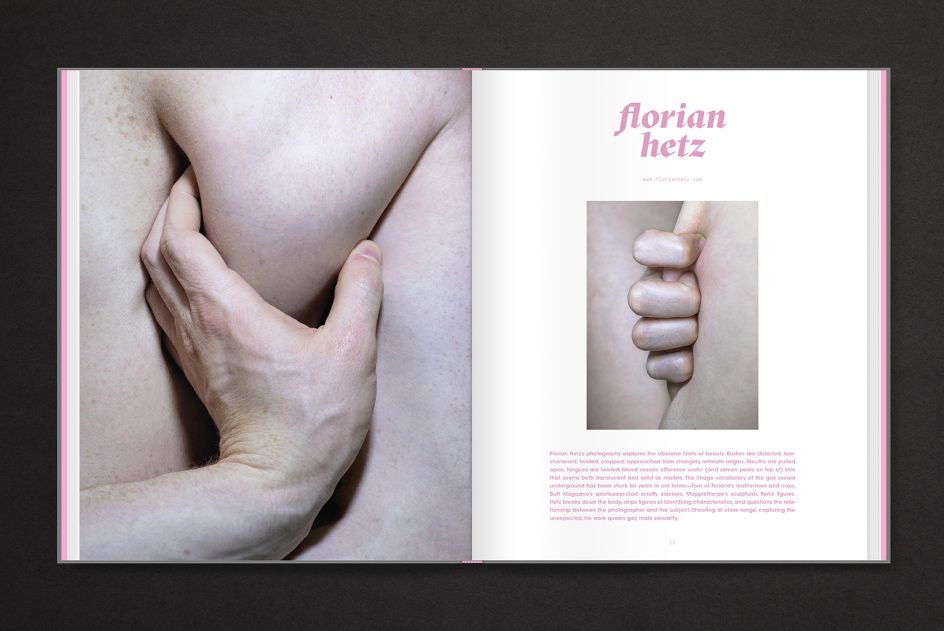
New Queer Photography spread Florian Hetz
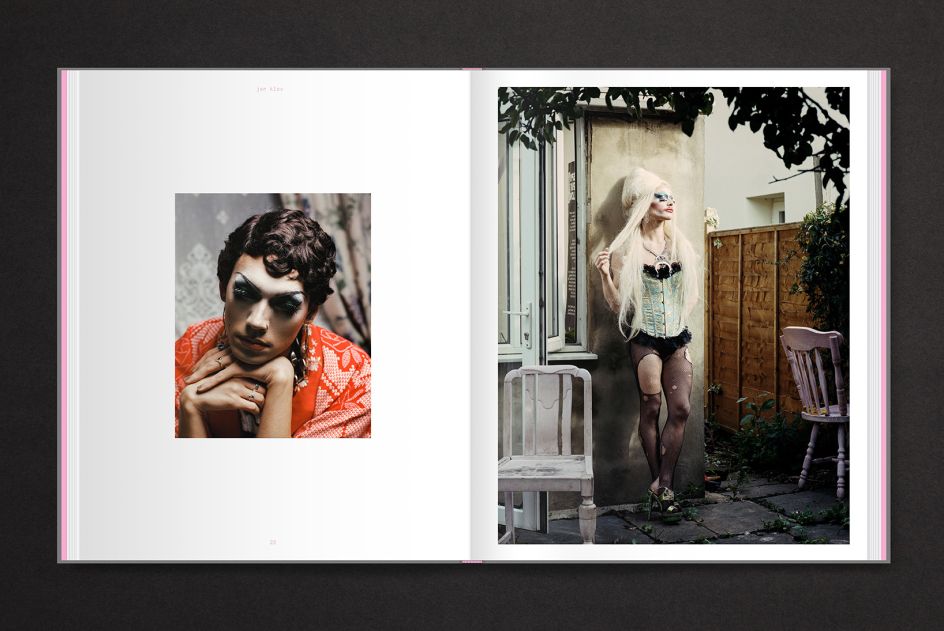
New Queer Photography spread Jan Klos
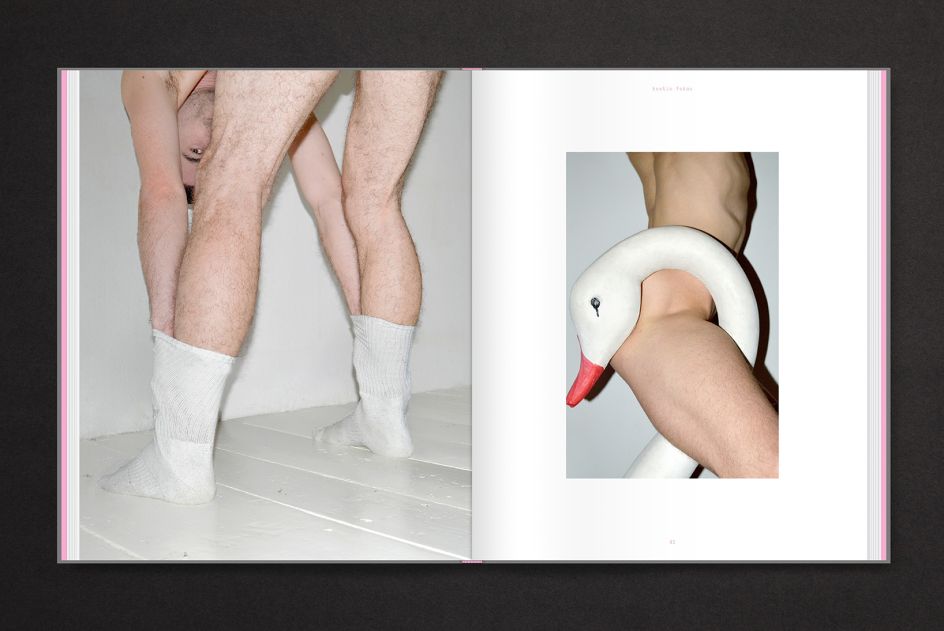
New Queer Photography spread Kostas Fokas
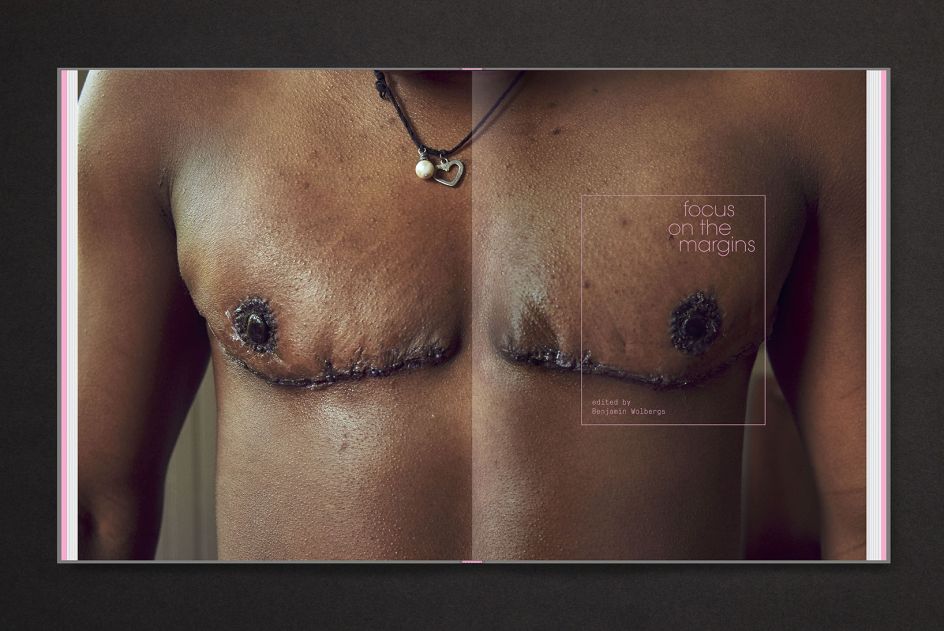
New Queer Photography spread Soraya Zaman
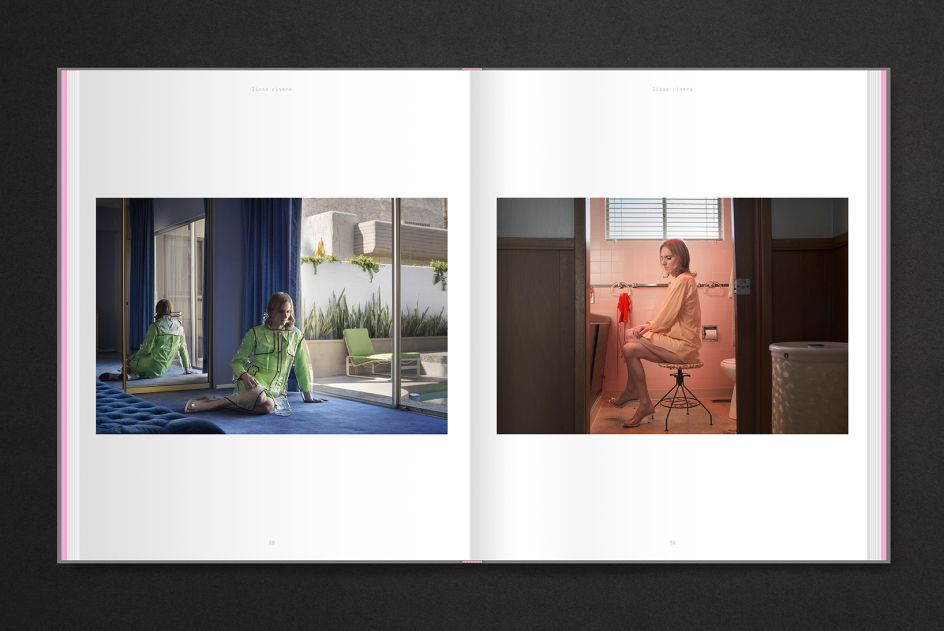
New Queer Photography spread Lissa Rivera
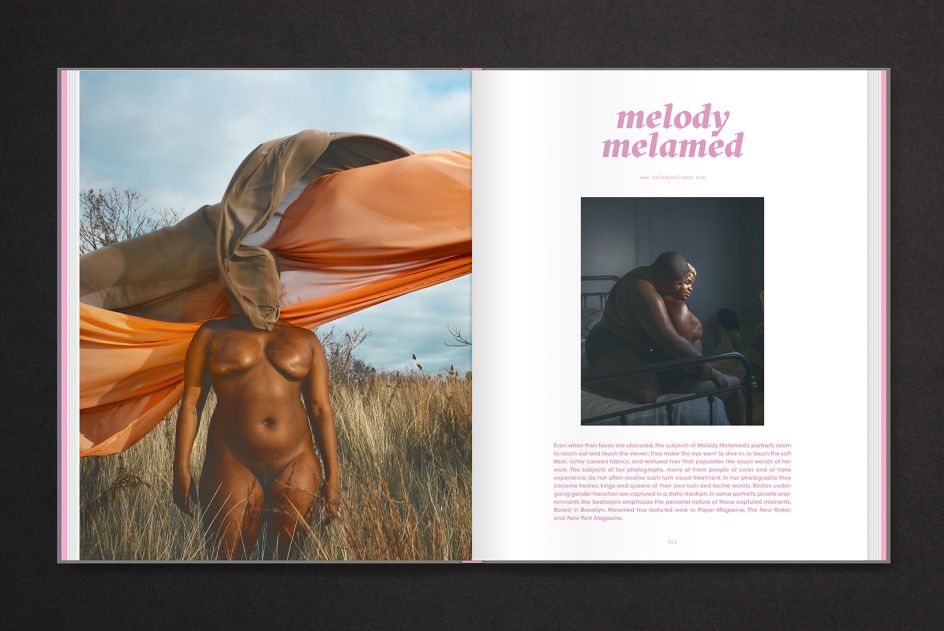
New Queer Photography spread Melodey Melament
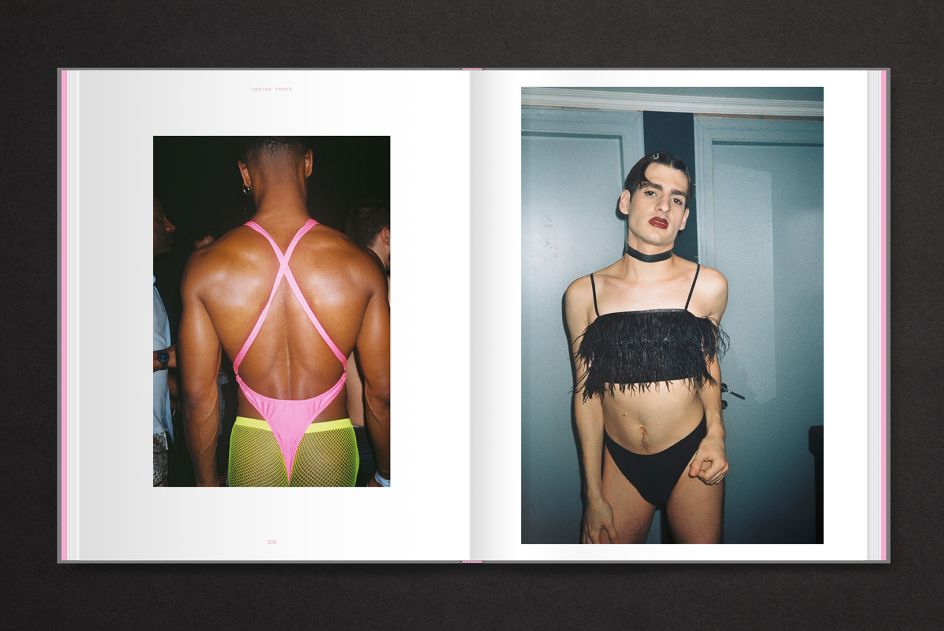
New Queer Photography spread Spyros Rennt
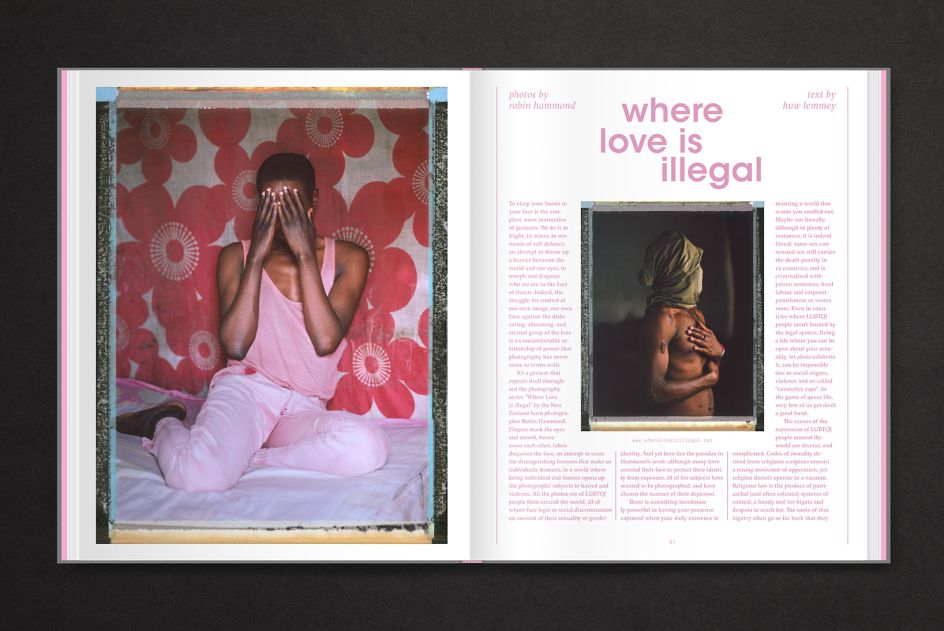
New Queer Photography spread Robin Hammond
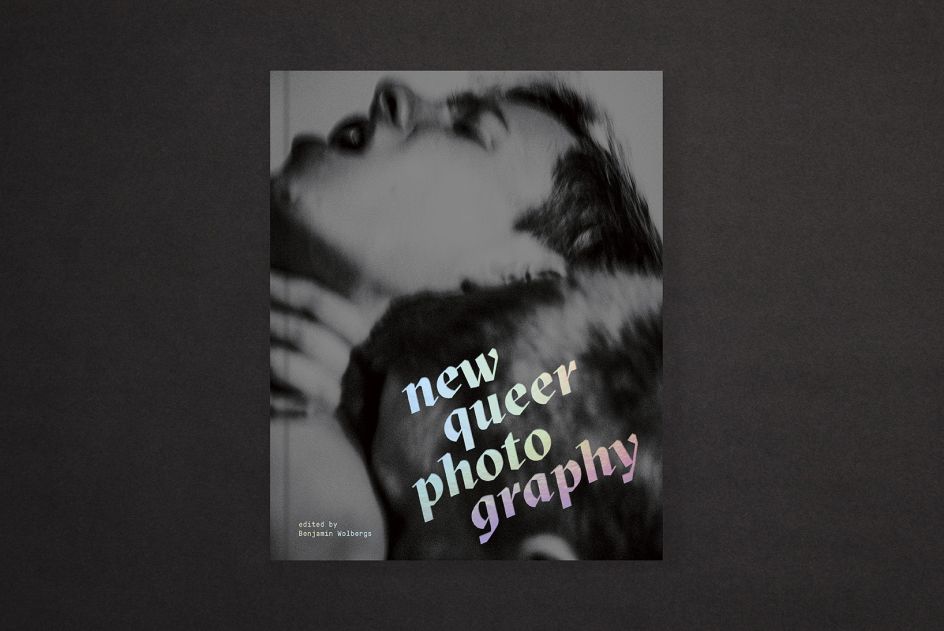
New Queer Photography cover




 by Tüpokompanii](https://www.creativeboom.com/upload/articles/58/58684538770fb5b428dc1882f7a732f153500153_732.jpg)


 using <a href="https://www.ohnotype.co/fonts/obviously" target="_blank">Obviously</a> by Oh No Type Co., Art Director, Brand & Creative—Spotify](https://www.creativeboom.com/upload/articles/6e/6ed31eddc26fa563f213fc76d6993dab9231ffe4_732.jpg)








